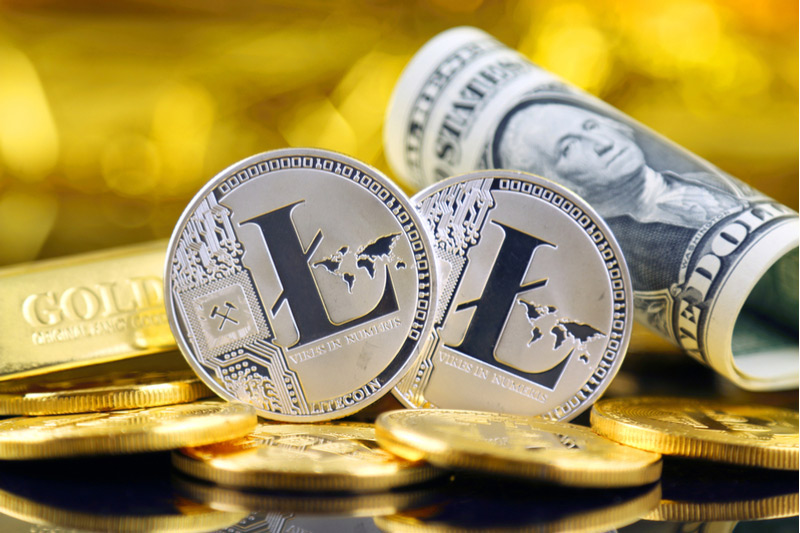Itc To Usd

In the ever-evolving realm of cryptocurrencies, Litecoin has maintained its position as one of the most prominent digital assets since its inception in 2011. Often dubbed the “silver to Bitcoin’s gold,” Litecoin has carved out its niche in the crypto market. Today, its exchange rate against the US dollar remains a subject of interest and scrutiny among investors and enthusiasts alike. Let’s delve into the dynamics that influence the LTC to USD exchange rate and explore what sets Litecoin apart in the crypto landscape.
Table of Contents
ToggleThe Genesis of Litecoin
Litecoin was created by Charlie Lee, a former Google engineer, with the aim of addressing some of Bitcoin’s perceived limitations. It operates on a similar blockchain-based framework but boasts faster transaction times and lower fees. Litecoin’s mining algorithm, Scrypt, also differentiates it from Bitcoin’s SHA-256 algorithm, making it more accessible to individual miners without requiring specialized hardware.
Factors Influencing LTC to USD Exchange Rate
Market Sentiment and Speculation
Like other cryptocurrencies, Litecoin’s value is susceptible to market sentiment and speculation. Positive news, such as technological developments or institutional adoption, can drive demand and consequently push the LTC to USD exchange rate higher. Conversely, negative news or regulatory scrutiny may trigger sell-offs and cause the price to drop.
Adoption and Integration
The level of adoption and integration of Litecoin in various sectors plays a crucial role in determining its value. As more merchants and businesses accept LTC as a form of payment, its utility and demand increase, potentially boosting its exchange rate against the USD.
Bitcoin’s Performance
Given its historical ties to Bitcoin, Litecoin often mirrors its price movements. When Bitcoin experiences significant price fluctuations, Litecoin tends to follow suit. Bitcoin’s dominance in the crypto market can influence investor sentiment towards Litecoin, impacting its exchange rate against the USD.
Technological Developments
Innovation and advancements within the Litecoin ecosystem can positively impact its value proposition. Upgrades such as the implementation of the Mimblewimble privacy protocol or improvements in scalability and interoperability can enhance Litecoin’s utility and attract investors, thus affecting its exchange rate.
Litecoin’s Unique Features
While Litecoin shares similarities with Bitcoin and other cryptocurrencies, it possesses several unique features that contribute to its appeal:
Faster Transaction Speeds
Litecoin’s block generation time is approximately four times faster than Bitcoin, allowing for quicker transaction confirmations. This feature makes LTC more suitable for everyday transactions, enhancing its practicality as a medium of exchange.
Lower Transaction Fees
The cost of sending Litecoin transactions is typically lower compared to Bitcoin, making it a more cost-effective option for microtransactions and remittances.
Active Development Community
Litecoin benefits from a dedicated development community continuously working on improving its protocol and introducing new features. This ongoing development ensures Litecoin remains relevant and competitive in the ever-evolving crypto landscape.
Conclusion
The LTC to USD exchange rate embodies the intricate interplay of various factors, including market sentiment, adoption, technological developments, and its relationship with Bitcoin. Despite facing competition from numerous cryptocurrencies, Litecoin has managed to maintain its relevance and solidify its position as a valuable digital asset. As the crypto market continues to mature, Litecoin’s distinctive features and resilient community are likely to sustain its significance and influence its exchange rate dynamics in the years to come.




